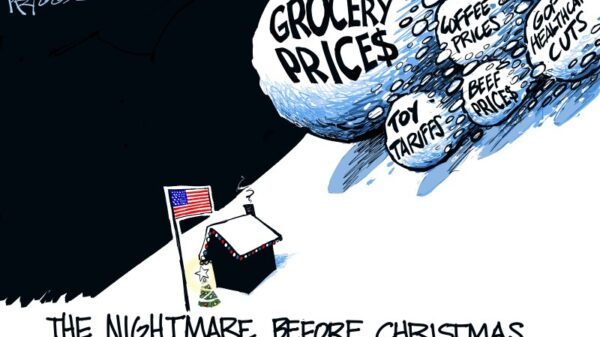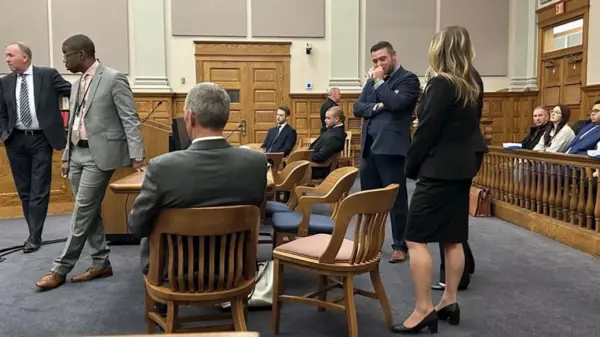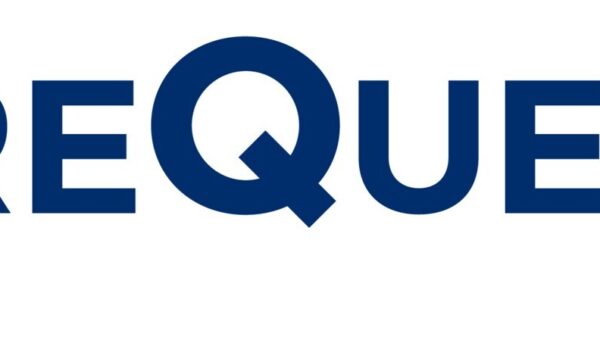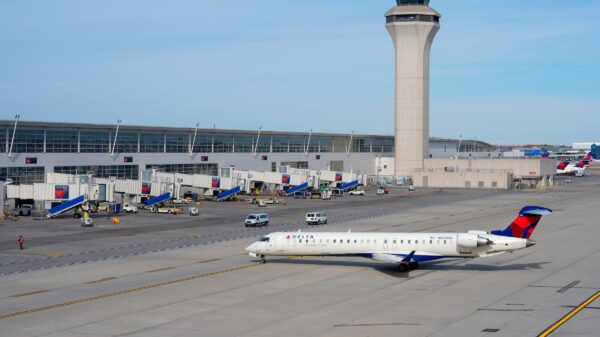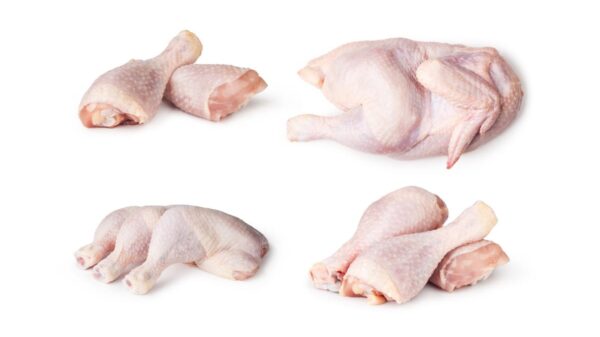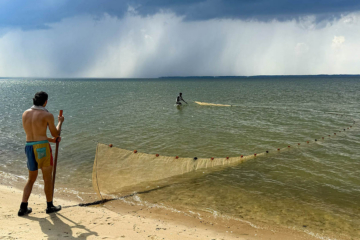Preliminary findings from an extensive survey indicate that the 2025 year class of young-of-year striped bass in the Virginia tributaries of the Chesapeake Bay is expected to be average. This development is crucial for both the ecological balance of the region and the commercial and recreational fishing industries.
The Batten School and the Virginia Institute of Marine Science (VIMS) conducted the Juvenile Striped Bass Seine Survey, which recorded a mean of 5.12 fish per seine haul in Virginia waters. This figure mirrors the historic average of 7.77 fish per haul and represents a significant improvement over the previous two years, which saw below-average recruitment levels.
Ecological and Economic Importance
Striped bass serve as vital top predators within the Chesapeake Bay ecosystem and are valued by anglers. Mary Fabrizio, a professor at the Batten School, oversees the survey and highlights the importance of tracking these fish. “By estimating the relative number of young-of-year striped bass, our survey provides an important measure of annual and long-term trends in the Bay’s striped bass population,” Fabrizio noted.
The survey involves sampling fish from 18 index sites across the Rappahannock, York, and James River systems. From mid-June to early September, researchers deploy a 100-foot seine net at each site, capturing and measuring the fish before returning them to their natural habitat. In 2025, scientists recorded measurements from 1,004 juvenile striped bass, which typically range from 1.5 to 4 inches in size during this period.
Historical Context and Future Management
Since its initiation in 1967 for the Virginia Marine Resources Commission, the Juvenile Striped Bass Seine Survey has become the second-longest continuous striped bass index in the United States. It plays a crucial role in guiding management decisions for this commercially significant species.
The striped bass population in the Chesapeake Bay has seen a remarkable recovery from the historic lows of the late 1970s and early 1980s, following fishing bans implemented in Delaware, Maryland, and Virginia. These bans allowed the population to rebound, and striped bass were subsequently considered recovered. However, overfishing in recent years has raised concerns, prompting the Atlantic States Marine Fisheries Commission (ASMFC) to indicate that while the stock remains overfished, it is no longer experiencing overfishing.
To address this issue, measures such as size limits for recreational fishers, bag limits, and commercial quota reductions have been introduced since 2022. The goal is to reduce fishing mortality and restore the striped bass stock by 2029.
In contrast, the Maryland Department of Natural Resources (DNR) reported a below-average year class for juvenile striped bass in Maryland waters for 2025. This disparity highlights the varying conditions within the Chesapeake Bay watershed.
For further details on striped bass management and regulations, stakeholders can visit the Atlantic States Marine Fisheries Commission’s website. The ongoing efforts to monitor and manage this vital species underscore its significance to both the ecosystem and the fishing community.












